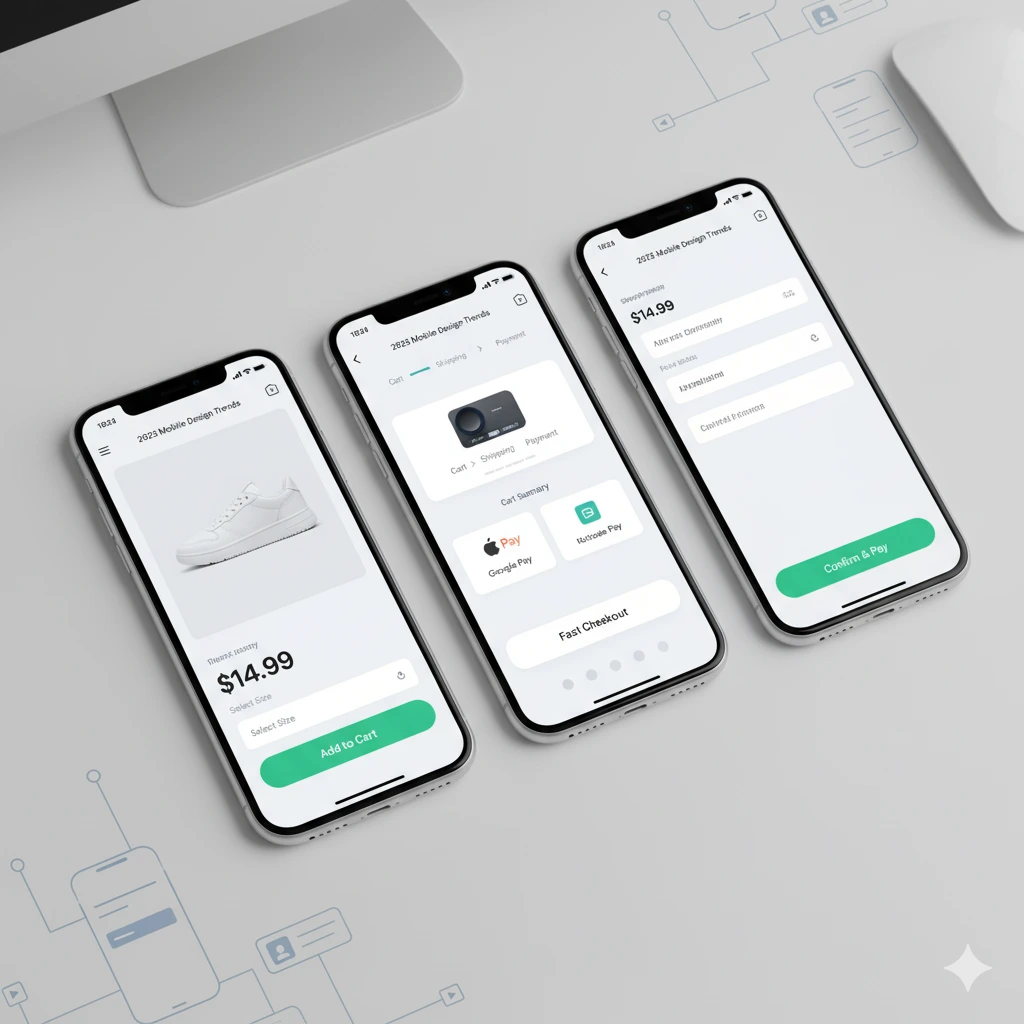As online shopping continues to grow, so does its environmental impact. From plastic wraps to oversized boxes, e-commerce packaging has become a major source of waste. Today’s consumers are paying attention—and they expect more from brands. That’s why eco‑friendly packaging in e-commerce business is not just a trend—it’s a necessity.
Let’s explore why making the shift to sustainable packaging matters, and how it can actually benefit your brand.
📦 The Problem with Traditional Packaging
Most traditional packaging materials—like bubble wrap, Styrofoam, and plastic tape—aren’t biodegradable. Once used, they end up in landfills or oceans, contributing to pollution and climate change.
With rising awareness, customers are actively looking for brands that care about the planet. This is where eco‑friendly packaging in e-commerce business plays a huge role in reducing environmental harm.
✅ Benefits of Eco-Friendly Packaging
- Customer Loyalty & Brand Trust
Shoppers are more likely to return to brands that align with their values. When you use eco‑friendly packaging in e-commerce business, you show your customers that you care—not just about profits, but about the planet too. - Cost-Effective in the Long Run
While some sustainable materials may cost slightly more upfront, they often require less space, are lighter for shipping, and can reduce damage-related returns. - Legal & Regulatory Advantage
As governments push for greener policies, adopting eco‑friendly packaging in e-commerce business early can help you stay ahead of future regulations and avoid penalties.
♻️ Popular Eco-Friendly Packaging Options
- Recycled cardboard boxes
- Compostable mailers
- Corrugated bubble wrap
- Plant-based packing peanuts
- Paper tape instead of plastic tape
Brands like Amazon and Shopify sellers are already switching to greener alternatives. Including a simple note in your package saying, “This package is 100% recyclable,” makes a lasting impression.
🌍 Make the Shift Today
The good news? Going green doesn’t mean going broke. Start small—switch to recyclable boxes, ditch plastic tape, or offer customers the option to opt out of extra wrapping.
The impact adds up, and your customers will notice.
Final Thought
Eco‑friendly packaging in e-commerce business is more than a buzzword—it’s the future of responsible online retail. As a brand, embracing sustainability is not just good ethics, it’s smart business.
If you want your e-commerce brand to grow in 2025 and beyond, make the sustainable switch. Your customers—and the planet—will thank you.
FAQs
1. Is eco-friendly packaging more expensive than regular packaging?
Answer:
At first glance, sustainable materials may seem slightly more expensive, but they often reduce shipping weight and damage, which saves money in the long run. Plus, customers are willing to pay more for green brands—so it often pays off.
2. What materials are considered eco-friendly for e-commerce?
Answer:
Some great options include recycled cardboard, compostable mailers, paper tape, biodegradable packing peanuts, and plant-based plastics. These reduce waste and are easier to dispose of responsibly.
3. Can eco-friendly packaging improve brand image?
Answer:
Absolutely. Consumers care deeply about sustainability. Using eco-friendly packaging in e-commerce business efforts shows responsibility and builds trust, which helps improve loyalty and customer retention.




